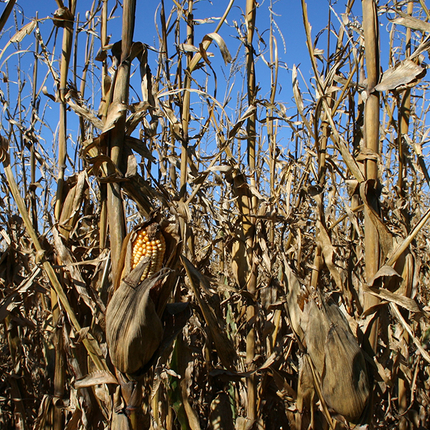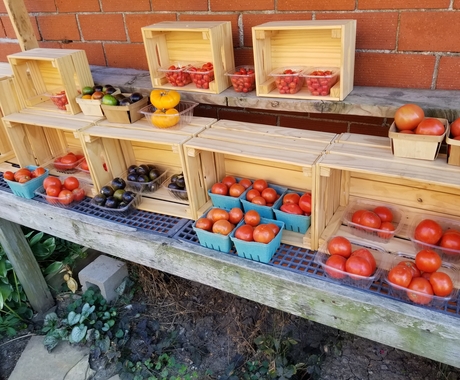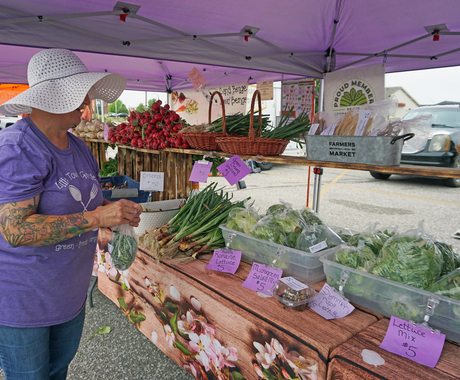By Bill Furlong and Mark Leonard, printed in The Des Moines Register
Crop insurance is the current cornerstone of federal support for farms. As farmers and crop insurance customers, we support a strong farm safety net. But we also believe the crop insurance program can be improved.
On average, the federal government currently pays 62 percent of farmers’ crop insurance bills, also called premiums. The government pays this support on every acre of insured farmland nationwide, without limit, at a cost of about $21.09 per acre. So, a farmer with 700 acres would benefit from $14,763 in subsidies, while a farmer with 7,000 acres would benefit from $147,630. The greatest benefit of crop insurance subsidies therefore goes to the largest — and sometimes wealthiest — farms.
We take no issue with the desire of farmers and farming operations to grow larger, and we are not calling for a government cap on farm size. But we don’t think our government should continue giving greater support to large operations.
When large farms have a competitive advantage, it encourages farm consolidation, which weakens rural communities: schools close, attendance at churches and other places of worship declines, businesses move out, and rural America suffers.
In addition to giving greater support to large farms, the current system of crop insurance subsidies distorts land values. Mike Duffy, professor emeritus of economics at Iowa State University, published a report that shows how current crop insurance programs impact land costs and have a significant relationship to land prices and cash rental rates. For example, Duffy found that crop insurance subsidies may have increased Iowa land values by up to 10 percent in 2015. With corn prices falling faster than land prices, anything that drives land prices up works against farmers’ ability to access land.
Finally, unlimited crop insurance subsidies are an irresponsible use of taxpayer dollars. Large farms should be able to buy crop insurance on every acre, but there should be limits to the amount of their bill that taxpayers are responsible for. Other subsidy programs have a payment limit. Why should crop insurance be different?
We need farmers on the land. We want farmers who suffer a significant loss outside their control to be able to farm the next year.
A federal crop insurance program can and should be there to protect farmers from the myriad risks of farming. While we may have differing views on some issues confronting rural and small town America, upon this issue we agree wholeheartedly.
Public spending on crop insurance should provide a basic level of support to farmers, but it shouldn’t disproportionately benefit the largest farms. Instead, we need crop insurance to better support our small and mid-size farms. Crop insurance subsidies should be capped in order to stop government support for farm consolidation and the continued weakening of rural America.
BILL FURLONG farms near Iowa City, raising corn, soybeans and hay. He is a proud Democrat.
MARK LEONARD is a livestock and grain farmer in Holstein. Mark is also the president and owner of AgCom Financial Services. He is an active Republican.




